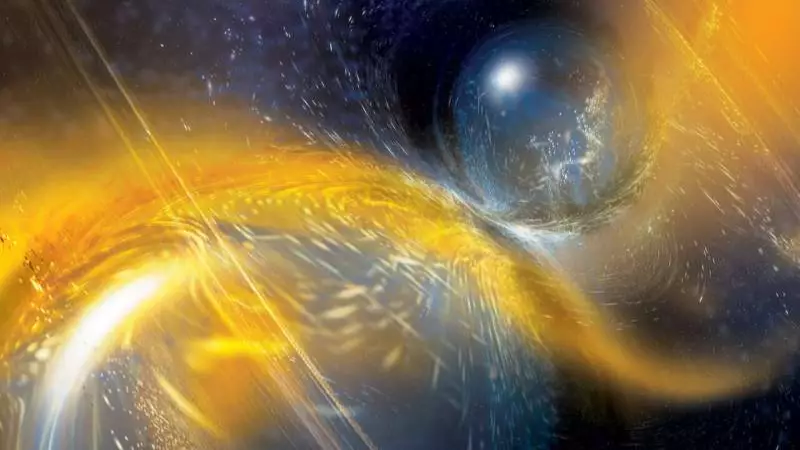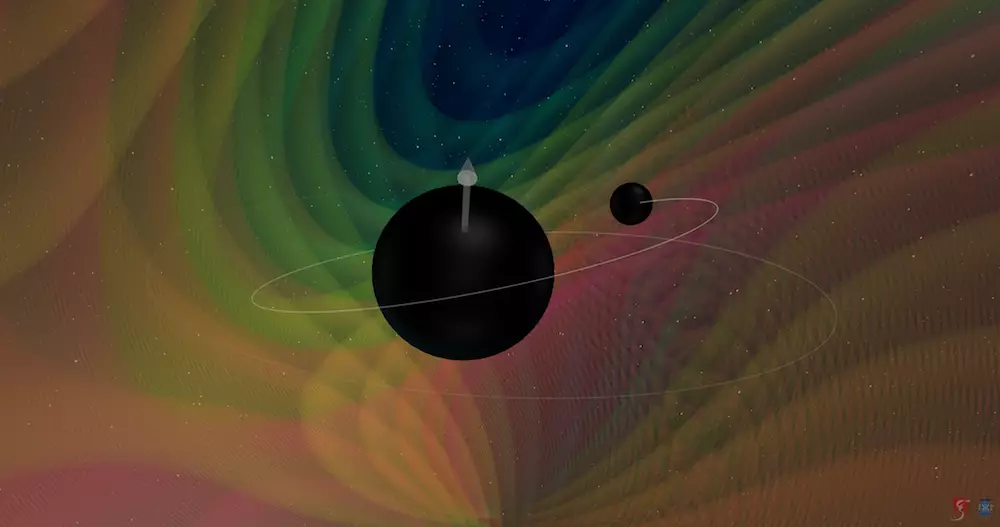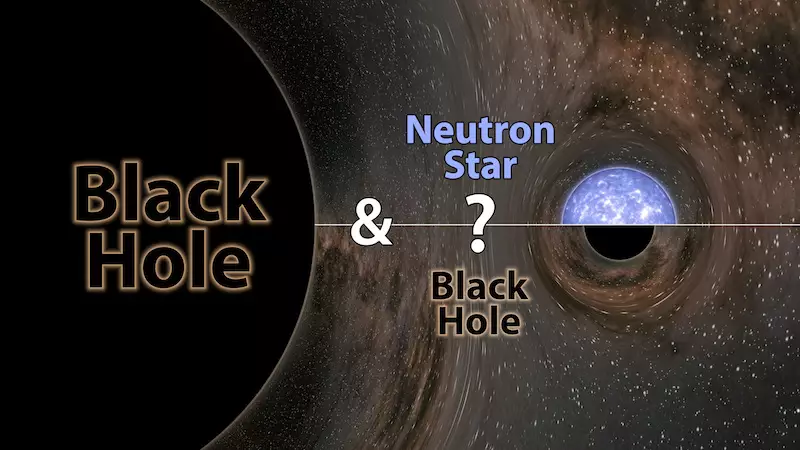
Researchers have found a huge object in space that has never been recorded before. They believe it to be a 'black neutron star' - larger than collapsed stars, aka 'neutron stars' but with a smaller mass than that of a black hole.
Until now, it wasn't believed that they were possible, but the discovery will mean that ideas around the formation of neutron stars and black holes will need to be re-evaluated. Now I'm no scientist, but I can tell you this much: basically, it's a big deal.
The new object was found by an international team using gravitational wave detectors in Italy and the US, and those involved in the study believe the discovery will break new ground in our understanding of the subject.

Charlie Hoy, a PhD student from Cardiff University, was among those working on the study. Speaking to BBC News, he said: "We can't rule out any possibilities. We don't know what it is and this is why it is so exciting because it really does change our field."
Advert
His team, working internationally for the LIGO-Virgo Scientific Collaboration, uses enormous laser detectors - entire kilometres in length - which have the capacity to recognise miniscule ripples in space-time, caused by the collision of objects in space. Sounds like something out of a sci-fi movie, but it's very real.
Mr Hoy isn't the only one to be blown away by the discovery either - Professor Nils Andersson of Southampton University says that if the mystery object proves to be a heavy neutron star, then the whole theory around the objects will need to be revisited.
He told BBC News: "Nuclear physics is not a precise science where we know everything.
"We don't know how the nuclear strong force operates under the extreme conditions you need inside a neutron star. So, every single current theory we currently have of what goes on inside of one has some uncertainty."
Advert
The study reads: "When the most massive stars die, they collapse under their own gravity and leave behind black holes; when stars that are a bit less massive die, they explode in supernovas and leave behind dense, dead remnants of stars called neutron stars.
"For decades, astronomers have been puzzled by a gap that lies between neutron stars and black holes: the heaviest known neutron star is no more than 2.5 times the mass of our sun, or 2.5 solar masses, and the lightest known black hole is about 5 solar masses.

"Now, scientists from LIGO [Laser Interferometer Gravitational-Wave Observatory] and Virgo [a similar investigative facility] have announced the discovery of an object of 2.6 solar masses, placing it firmly in the mass gap.
Advert
"The object was found on August 14, 2019, as it merged with a black hole of 23 solar masses, generating gravitational waves that were detected by the LIGO and Virgo detectors."
Dr Patricia Schmidt, Lecturer at the Institute for Gravitational Wave Astronomy and member of the LIGO team, added: "This merger event is one of the most unusual ones observed in gravitational waves to date.
"It pushes our understanding of the nature of the lighter companion and how it is formed to the limits. This will keep astrophysicists occupied for a while."
Well, you'd imagine so.
Featured Image Credit: Ligo-Virgo CollaborationTopics: Science, Interesting, space